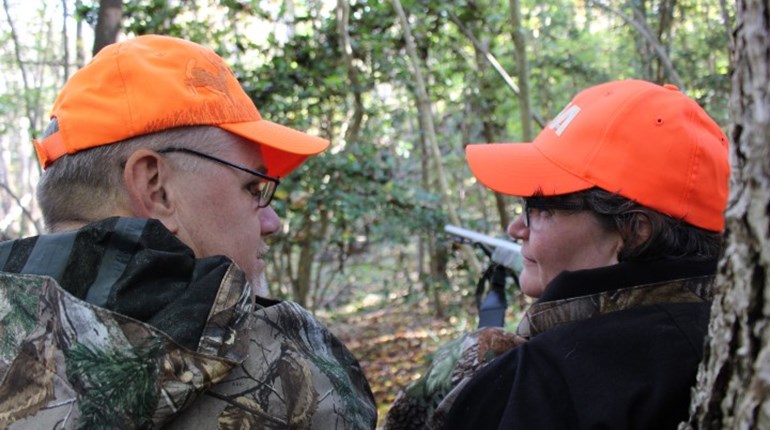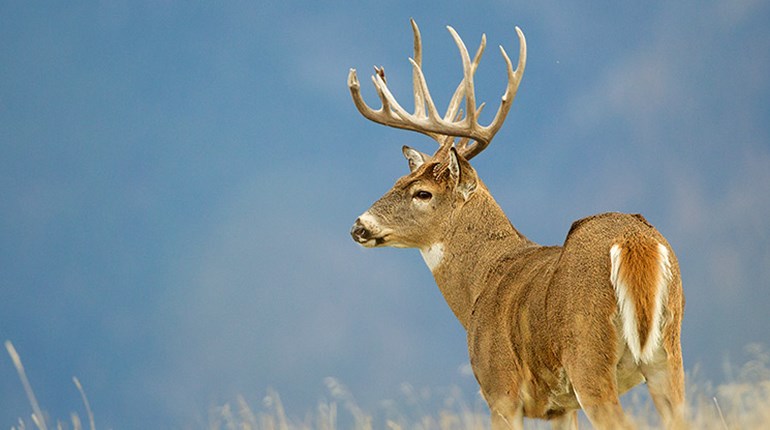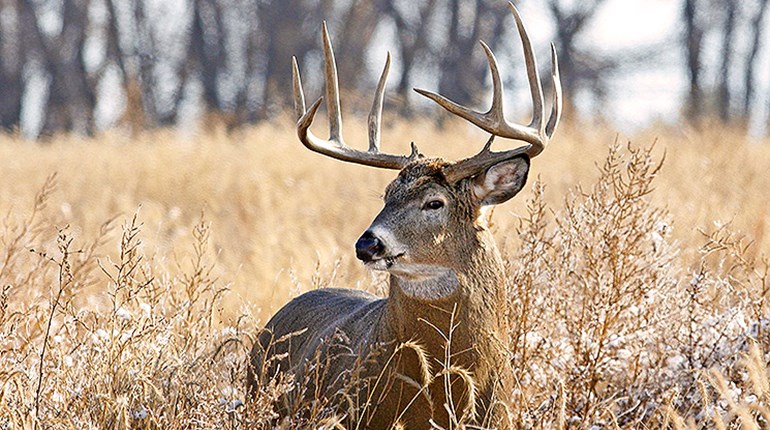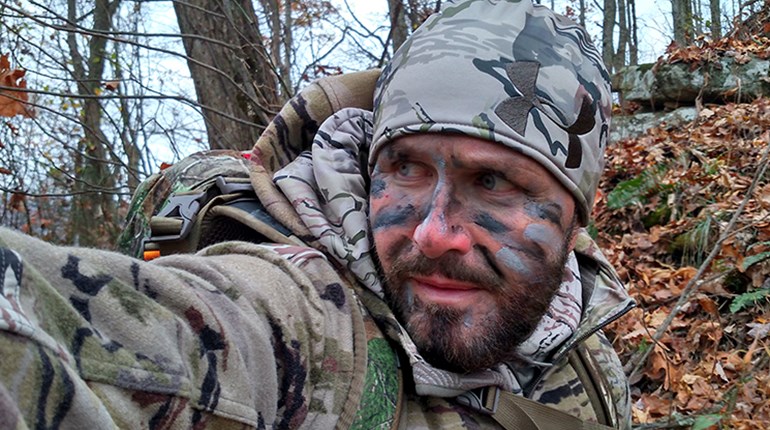Years of experience teaches hundreds of lessons if you keep an open mind. Of course, it is better to learn those lessons from the mistakes of others so here are five to avoid this season.
1. Not Playing the Wind When Entering a Stand
Under good scenting conditions (moderate humidity, normal temperatures and a light breeze), a deer can smell human scent for a half-mile if the hunter makes no attempt to eliminate it. Just think how many acres of terrain your scent washes over if you walk to your stand with a crosswind. You have alerted every deer in the zone, yet some hunters never consider wind direction when planning their stand entry routes.
I have a friend who likes to say that a burglar would be a fool to crash in the front door and then sneak around inside the house. Yet that is what you do when you neglect the wind. You won’t be aware of the damage you’ve done. You just won’t see much game.
Though the challenge of playing the wind every time you head to a stand is tough, it is the key to joining the 10 percent of hunters taking 90 percent of the nice bucks. It is the real chess match of stand hunting.
2. Scouting Too Much
You can’t tag a buck that knows he’s being hunted. The more you increase human activity in your hunting area, the more opportunities you give bucks to run into you or your scent and become cautious.
After spring green-up, stay out of your hunting area until the day you hunt it so the bucks continue moving naturally. That makes them as vulnerable as they’ll be all season. Any scouting in their core areas just before, or during, the season gives them an early warning.
Consider an in-season scouting method that relies heavily on homework. Spend time at the kitchen table looking at aerial photos and trail-cam pictures (from cameras you set on the fringes of your hunting area). If you don’t have a stand in the right place, wait until the time is right to carry in a portable stand to a better spot, set it up and start hunting. This allows you to keep your hunting area fresh while still trying new spots. I started hunting this way in the 1990s and have increased the number of big bucks I’ve seen. Resist the urge to roam.
3. Overhunting Your Stands
Without a good selection of stand locations, all the deer know your favorite roosting trees and begin to avoid them. The downward spiral of deer activity around these over-stressed stands will reduce your chances of filling your tag. You can never have too many treestands to choose from, but economics and time constraints force us to take a more realistic approach. As a minimum, you should have two good stand locations for each consecutive day of hunting.
For example, if you were only able to hunt weekends, it would be best to have at least four stands—one for each wind direction—and maybe an extra one or two for the prevailing wind. This keeps you from burning out any one area. For a solid week of hunting, have a dozen stand sites ready to go. Prepare half your stands for the prevailing wind just in case it blows every day.
Save your best stands until the rut. Hunting them too soon educates deer at a time before the bucks are moving much during daylight. Spread your efforts over multiple stands.
4. Being Careless With Ground Scent
Our scent stays on the objects we brush against for hours. I’m convinced this is the thing deer key on, more than any other, to quickly learn to avoid our stands.
Generally, if a cruising buck hits your scent trail it will go on red alert and back out of the area. There are steps you can take to reduce human ground scent, but the only one I have found that is close to 100 percent is to wear PVC waders. The next best solution is to plan entry and exit routes carefully.
Use creeks and ditches to keep your scent away from deer and keep you out of sight. Open ground, free of vegetation, also holds less human scent. This is why some hunters actually rake a path through the woods to their stands. When you get to your stand, climb the tree quickly without leaving more scent than necessary.
5. Choking Under Pressure
Some hunters take more big bucks than others because they either pay more attention to detail, have better hunting areas and/or are better at converting opportunities into venison. Of these three things, the ability to make the shot under pressure seems the easiest to improve through proper preparation. Once a buck approaches, you must be able to pick a clear shooting lane, determine when to make your move, compute the shot range and then pick the small aiming point that will produce a quick, humane kill. This is a lot to pull off in two seconds.
The key is to keep things routine. Pre-think every possible shot scenario when you get on stand so you can react decisively. Don’t expect bucks to follow trails. Be ready for anything. Know the range to multiple reference points. Know exactly where to aim for each body position a deer may present so you don’t have to think about it. It is easy to write off mental mistakes as “that’s bowhunting” when they could have been avoided with a pre-shot routine. Make these steps instinctive.
Attention to detail is one thing that sets consistently successful bowhunters apart from the rest. By taking steps to avoid common mistakes, your most lasting memory of the season will be a short blood trail, rather than a blown opportunity.




































